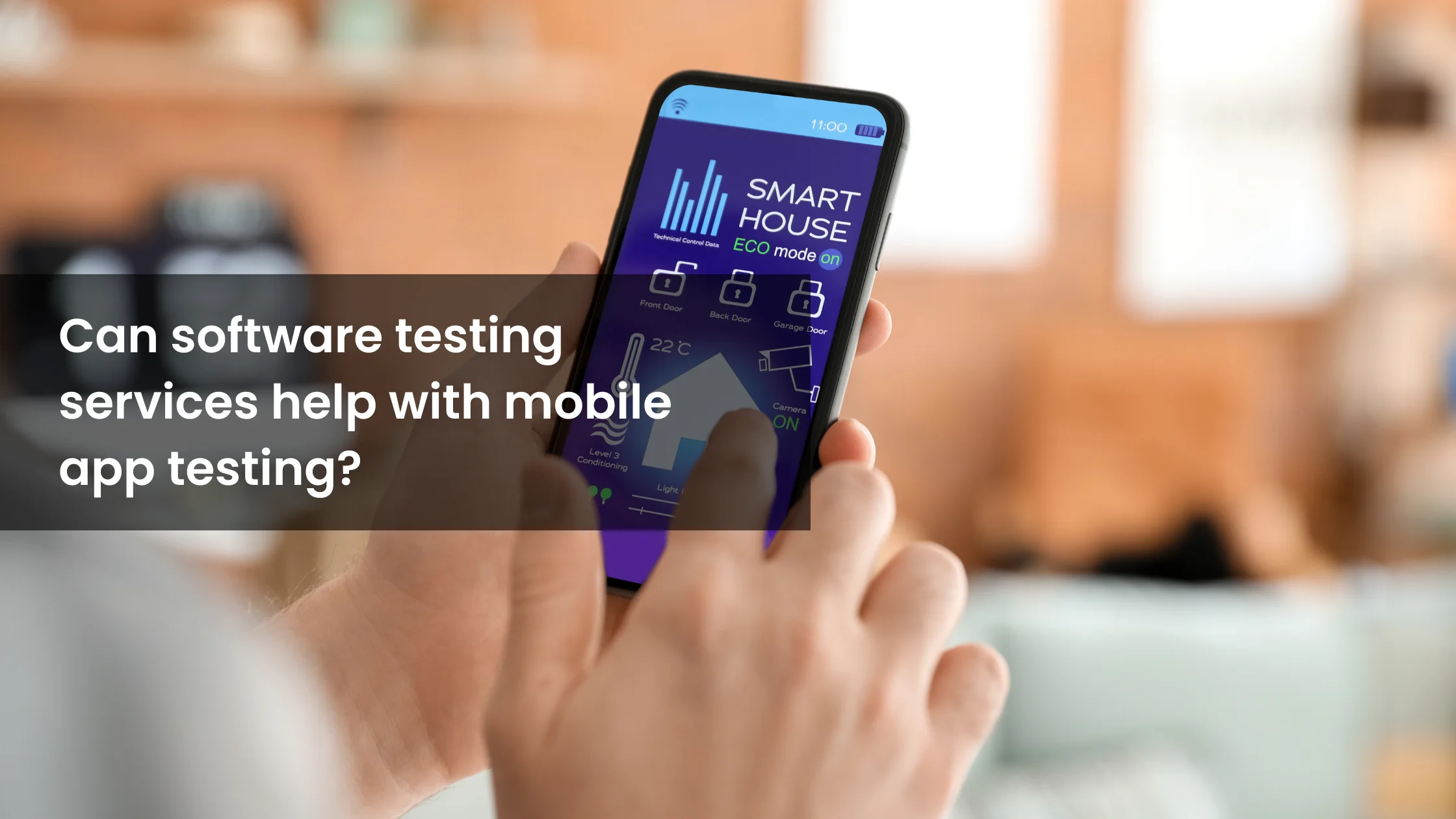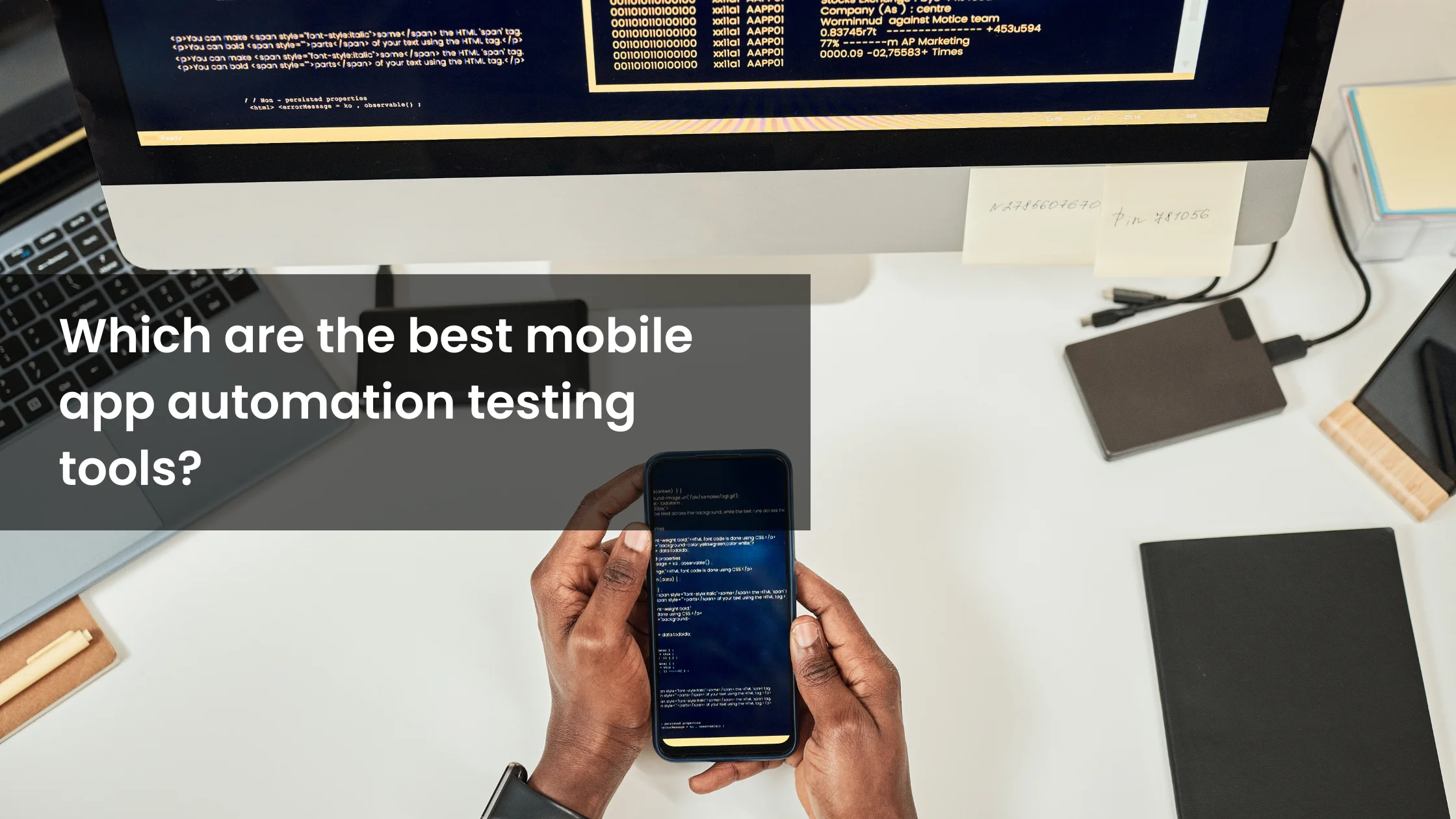 The world of mobile apps—where would we be without our beloved digital companions that keep us connected, entertained, and occasionally, help us pretend to be productive? But have you ever wondered how these apps get tested to ensure they run flawlessly on our devices? Enter Appium, the superhero of mobile application testing! But what types of mobile applications can be tested by Appium? Let’s dive in and find out!
The world of mobile apps—where would we be without our beloved digital companions that keep us connected, entertained, and occasionally, help us pretend to be productive? But have you ever wondered how these apps get tested to ensure they run flawlessly on our devices? Enter Appium, the superhero of mobile application testing! But what types of mobile applications can be tested by Appium? Let’s dive in and find out!
Native Mobile Applications
First up, we have native applications. These are the apps that are tailor-made for a specific operating system, be it iOS or Android. They live on your device and use its features to the fullest—think of apps like Instagram or Google Maps. Appium works its magic here by using the WebDriver protocol to automate the testing of these apps, ensuring they perform smoothly without a hitch. So, if you're developing a shiny new native app, mobile application testing services can help you catch those pesky bugs before your users do.
Hybrid Mobile Applications
Next, we have hybrid applications, which are like the mullets of the app world—business in the front, party in the back! These apps combine elements of both native and web applications, making them versatile and efficient. They are essentially web apps wrapped in a native shell, giving them access to device hardware. Appium can handle these hybrids with ease, ensuring they run seamlessly across different platforms. Ready to test your hybrid app? Check out our mobile application testing services to get started.
Mobile Web Applications
Last but not least, let’s talk about mobile web applications. These are the websites that you access via your mobile browser, optimized to look and feel like an app. While they don’t live on your device, they still need to perform flawlessly. Appium excels in testing mobile web apps, ensuring they provide a smooth and responsive user experience across different devices and browsers. For comprehensive testing, explore our web application testing services.
Conclusion
In a nutshell, Appium is your go-to tool for testing native, hybrid, and mobile web applications. Whether your app is fully native, a hybrid marvel, or a sleek mobile web app, Appium has got you covered. And with our expert mobile application testing services, you can rest assured that your app will be in tip-top shape for your users.
Remember, a well-tested app is a happy app—and a happy app means happy users! So, let’s get testing and make sure your mobile application is the best it can be.
 Welcome, tech enthusiasts and QA aficionados! Today, we’re diving into the wonderful world of mobile automation testing. Whether you're a seasoned pro or a curious newbie, there's always something new to learn in this dynamic field. So, buckle up and get ready for a fun ride!
Welcome, tech enthusiasts and QA aficionados! Today, we’re diving into the wonderful world of mobile automation testing. Whether you're a seasoned pro or a curious newbie, there's always something new to learn in this dynamic field. So, buckle up and get ready for a fun ride! Hey there, app developer extraordinaire! Are you ready to take your mobile app to the next level? Let's face it, launching an app without thorough testing is like jumping out of a plane without checking your parachute. Scary, right? That’s where software testing services swoop in to save the day, ensuring your app isn't just good, but great. But can these services really help with mobile app testing? Buckle up, because we're about to find out!
Hey there, app developer extraordinaire! Are you ready to take your mobile app to the next level? Let's face it, launching an app without thorough testing is like jumping out of a plane without checking your parachute. Scary, right? That’s where software testing services swoop in to save the day, ensuring your app isn't just good, but great. But can these services really help with mobile app testing? Buckle up, because we're about to find out! Hey there, tech enthusiast! So, you've built a fantastic mobile app, and now you're wondering how to ensure it works flawlessly on every device. Enter the world of mobile app automation testing tools! Let's dive into some of the best tools out there that can make your testing process a breeze.
Hey there, tech enthusiast! So, you've built a fantastic mobile app, and now you're wondering how to ensure it works flawlessly on every device. Enter the world of mobile app automation testing tools! Let's dive into some of the best tools out there that can make your testing process a breeze. Hey there, future mobile testing guru! So, you're ready to dive into the fascinating world of mobile automation testing? Buckle up, because we're about to embark on a journey that will make your QA skills shine brighter than ever. Whether you're a seasoned tester or a newbie, these strategies will help you master mobile automation testing like a pro.
Hey there, future mobile testing guru! So, you're ready to dive into the fascinating world of mobile automation testing? Buckle up, because we're about to embark on a journey that will make your QA skills shine brighter than ever. Whether you're a seasoned tester or a newbie, these strategies will help you master mobile automation testing like a pro. Hey there, web enthusiast! Ever wondered why some websites load faster than a cheetah on espresso, while others crawl like a sleepy sloth? Well, today, we're diving into the wild world of website performance testing. Grab a cup of coffee (or tea, we don't judge), sit back, and let's get your website sprinting like Usain Bolt.
Hey there, web enthusiast! Ever wondered why some websites load faster than a cheetah on espresso, while others crawl like a sleepy sloth? Well, today, we're diving into the wild world of website performance testing. Grab a cup of coffee (or tea, we don't judge), sit back, and let's get your website sprinting like Usain Bolt.